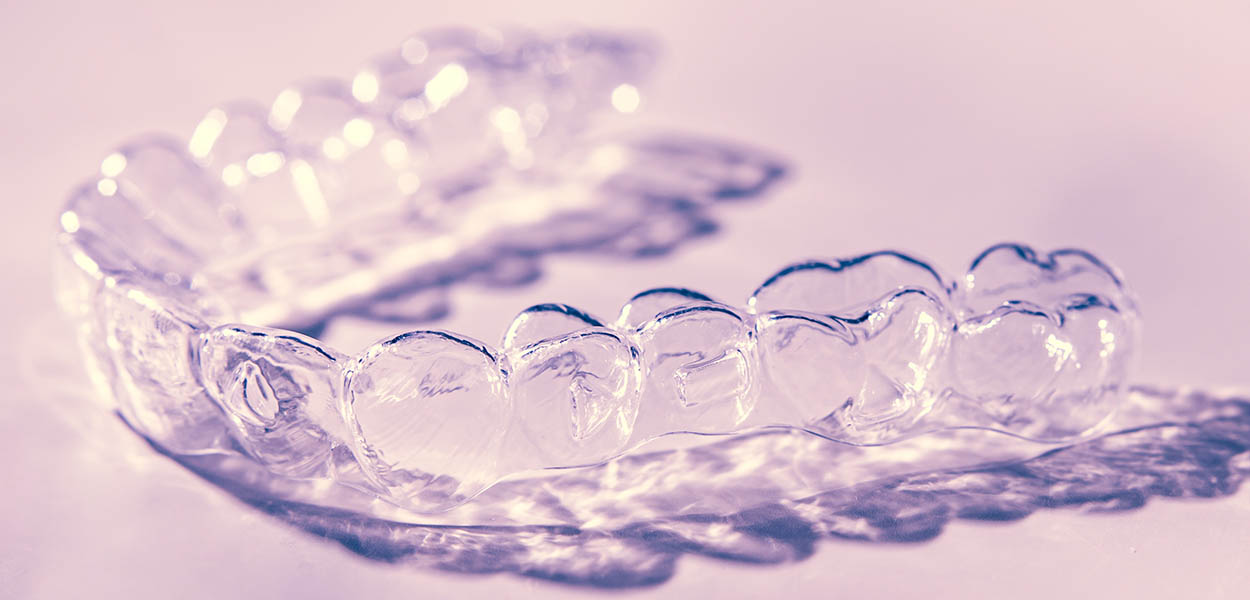15 Things to Know Before You Get Invisalign

Invisalign treatment is marketed heavily to patients seeking orthodontic treatment. If you are thinking about treatment, and wondering if Invisalign is right for you, there are some things you should know first. Dr. Michael Stosich, an orthodontic expert in the Chicago area, shares what he wants patients to know before making a decision.
- Not all Invisalign providers are created equal. You’ll see Invisalign providers using words like premier, elite, diamond or platinum, but that doesn’t refer to the expertise of the orthodontist, but merely to the number of cases the orthodontist does. These are Invisalign marketing terms an orthodontist can use, but do not reflect whether patients had positive results or not. A high volume Invisalign provider prescribes Invisalign frequently, but that doesn’t mean treatment is provided at the highest quality. It is also important to note that Invisalign rewards doctors who prescribe Invisalign frequently, with “payment rebates.” Frequent Invisalign providers can earn as much as $100,000 in additional income from prescribing Invisalign so frequently.
- Invisalign treatment can be more expensive than conventional metal or ceramic braces. In some cases, they can cost the same, however beware because the quality of the end result of treatment is often not. Invisalign can be more expensive, and may be cost prohibitive to some, especially depending on the area in which you live.
- Invisalign treatment is not painless. Many people mistakenly believe that because there are no brackets or wires, the treatment will be virtually without pain. This simply isn’t true – any orthodontic treatment will create some pain and discomfort. The aligners can take some time to get used to.
- Invisalign can affect your speech. You may notice that your speech is a bit impaired, especially in the beginning. Patients often feel like they have a lisp in the first several days of aligner wear.
- You may not be an ideal candidate for Invisalign. Not every malocclusion can ideally be corrected with Invisalign. Some more severe cases can be better treated with traditional braces.
- Your Invisalign treatment may not be as invisible as you hoped. Many patients are disappointed to find that they need special attachments in order to achieve their ideal tooth movement. The attachments will be tooth colored buttons put on certain teeth to allow the aligners the proper grip. Attachments will make the aligners more visible to others and unlike ceramic braces, they will stain.
- You can only drink water while wearing your aligners. The aligners should be taken out when eating or drinking anything other than water to avoid staining or damaging the aligners in any way.
- Your aligner trays may be difficult to remove. The aligners need to fit snugly against the teeth, and many patients find that it takes a while to get used to pulling the aligners out to eat, drink and care for their teeth. And every time you start a new aligner series, they will be tighter – for some patients, that’s as often as every week.
- You’ll have to pay close attention to your oral care. Brushing and flossing is always important, but when you are wearing Invisalign aligners, you’ll need to amp up your dental care game. Always brush and floss after eating and before putting your aligners back in. If you don’t, you can trap harmful bacteria between your teeth and the aligners, and that can wreak havoc on the health of your teeth.
- Your aligners will need to be cleaned regularly. Cleaning the aligners is crucial, otherwise they can become discolored and smelly. When they aren’t in your mouth, soak them in cleaner and rinse them before placing them back in your mouth. But remember, it is recommended that the aligners need to be worn at least 22 hours a day.
- You may have to wear rubber bands/elastics. If you have a more serious malocclusion, aligners alone may not be able to correct your smile. Your orthodontist may place buttons on certain teeth so that elastics can be attached. This will make your treatment more visible to others, and will alter how the aligners feel in your mouth.
- Compliance is key to keeping your treatment on track. The aligners are removable, but that doesn’t mean you can take them out whenever you want to. In order to ensure that your treatment stays on track, you must wear your aligners a minimum of 22 hours a day. Remove them only to eat, drink, brush and floss.
- Your teeth may feel more sensitive. The aligners will constantly be putting forceS on your teeth, leaving them feeling a bit more sensitive than usual.
- Your eating habits will change. You won’t be able to enjoy a snack or drink over a long period of time, because you’ll be paying attention to how long your aligners have been out. You’ll find yourself eating quicker so you can get the aligners back in so they’ll continue to do their job. The same foods that can damage brackets can also damage Invisalign attachments, so your diet will need to be altered some.
- You will need a retainer after your Invisalign treatment is over. Wearing Invisalign aligners isn’t the end of your orthodontic treatment. No matter what treatment option you choose, you’ll need to wear a retainer to ensure your teeth don’t drift back to undesirable locations.
Dr. Stosich believes that with the right orthodontist, treatment doesn’t have to rely on marketing hype. He offers many treatment options, including Invisalign and personalized braces with the most efficient and effective methods, backed up by careful scientific planning and expert skill. If you’re considering orthodontic treatment, schedule an appointment with Stosich Consulting today to learn how Dr. Stosich and his team can have you smiling bigger than ever in no time. Call 847-548-4200 today.


